The Mid 1980’s saw the introduction of digital tools into the field of graphic design in a way that would drastically change design forever. It marked the gradual move away from traditional methods which involved multiple specialists in various fields, to a refined realisation that graphic designer was the central figure in producing a work and that they were required to be much more versatile in many different areas of creation and production.
The release of first Macintosh personal computer and one of its only programs, “Mac Paint”, in 1984 was a huge step for the digital revolution. This early Mac computer had a graphical user interface (GUI), as opposed to the heavily code-based systems that existed prior.
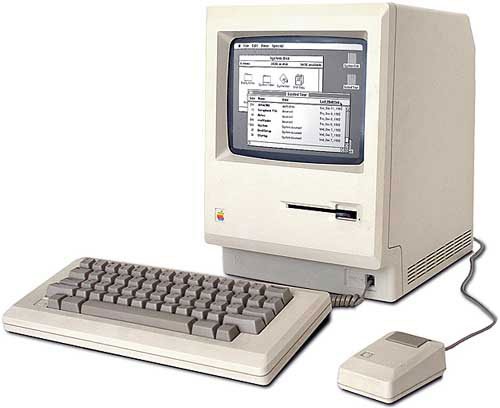
The First Macintosh Computer 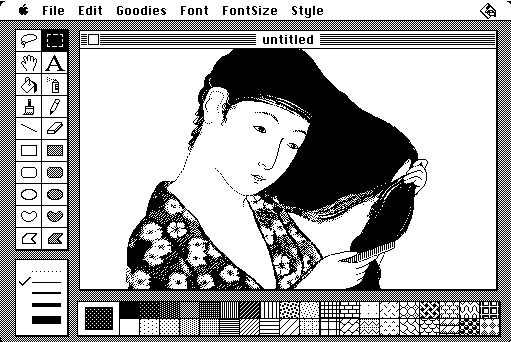
“Mac Paint” One of the only programs on the original Mac
The success of the Macintosh computer and the ability for people to now create visuals in Mac Paint in an easy to understand format opened the gates to digital design. As technology progressed and Apple released the first version of Photoshop in 1990, more and more graphic designers began to get on board and see it as a useful tool. Today, programs like Adobe Photoshop and other Adobe programs are considered by most to be the industry standard for many forms of visual works.
The increased accessibility of the internet in mid 1990’s also saw an interesting change for graphic design. Suddenly the internet was easier to access for more people and this steadily lead to a new platform for visual media and a new area of possibilities for designers in the field of web design and advertising, amongst others.
Graphic Design Styles Since the 80’s
In terms of graphic design styles, there have been several since computers first started becoming popular. The 80’s embraced the advancements in technology with a lot of media and graphic designs envisioning a futuristic, digital landscape in a fresh and exciting way. Below are a few movie posters from popular movies of the 80’s and how their view of the future was reflected visually:

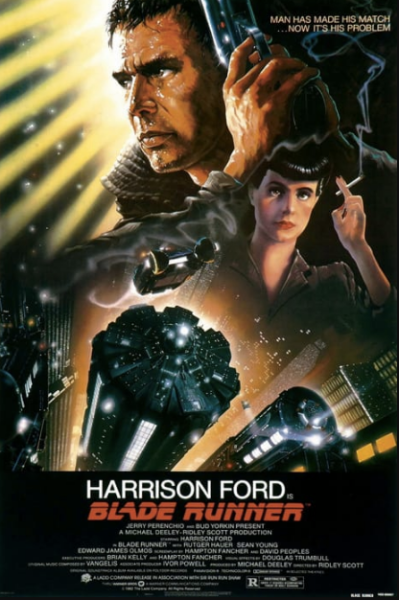

Following on from this, the use of the Swiss Typographical movement started to be interpreted a bit more loosely, with such works by April Greiman and the works of David Carson Ray Gun whose works reflected the Grunge style prominent in the 90’s, aimed at questioning and breaking a lot of rules when it comes to composition and especially typography.
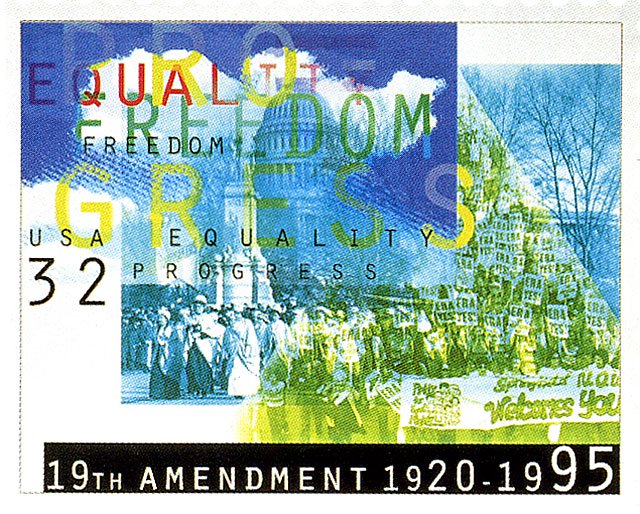

Since the explosion of digital production and advancements in visual production programs, almost anyone can produce a visual design and there is certainly an enormous amount of modern visuals out there as a result. This means that today there is a vast mix of styles and it’s harder and harder to define clear periods or movements in graphic design.
How Technology has Impacted Modern Design
Exploring the origins of the digital revolution and the components that influenced it gives an interesting insight into modern graphic design. The progression of styles since the 1980’s explores the interesting application and changing attitudes towards previous movements such as the Bauhaus and Swiss Typographical movements in ways and their evolution connects them to the culture and society of the time in a way that is relevant.
These styles still have prevalence today and a lot of futuristic styles of the 80’s are still very popular and still reflect the thrilling potential technology can have in the future.
Below are some modern examples of how some of the themes of this time period have carried across and been applied in a modern context:
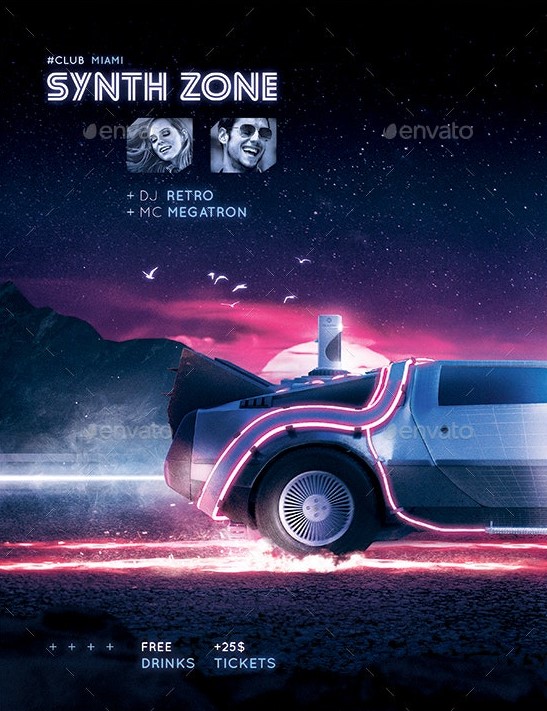
A modern example of the 80’s futuristic themes 
A modern example of Grunge 
A modern take on the Memphis-Milano style, popular in the 80’s
Themed Wallpaper
Yes, it’s time for another themed wallpaper, so hold onto your socks ladies and gentlemen and everyone in between!
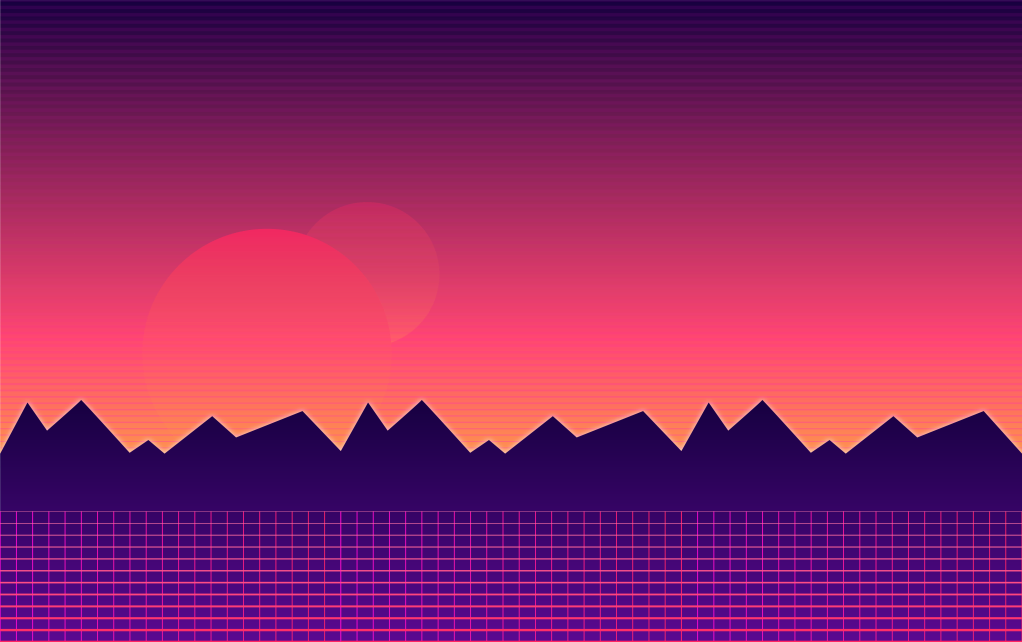
References
- https://visualartsdepartment.wordpress.com/digital/
- http://www.designishistory.com/1980/the-macintosh/
- https://history-computer.com/products/macintosh-by-apple-complete-history-of-mac-computers/
- https://blog.marketo.com/2018/06/the-evolution-of-graphic-design.html
- https://www.hellocreativeagency.com/blog/design-through-the-decades-the-1980s
- https://www.hellocreativeagency.com/blog/design-through-the-decades-the-1990s
- https://mirror80.com/2011/11/1980s-graphic-design-styles/
- https://www.creativebloq.com/features/graphic-design-history
Images
- Mac Paint: https://en.wikipedia.org/wiki/MacPaint#/media/File:MacpaintWP.png
- 80’s Move Posters: https://www.esquire.com/entertainment/movies/g20646233/best-80s-movie-posters/?slide=15
- U.S. Postage Stamp Design by April Greiman: https://go.distance.ncsu.edu/gd203/?p=24581
- David Carson works: https://medium.com/swlh/the-work-of-designer-david-carson-f7431646be3e
- Modern 80’s Poster: https://graphicriver.net/80s+neon-in-graphics
- Modern Grunge: https://i.pinimg.com/originals/82/3f/3f/823f3f2f8944899f11338626ad1ed734.gif
- Modern Memphis-Milano Style: https://blog.123rf.com/design-trend-memphis-style/